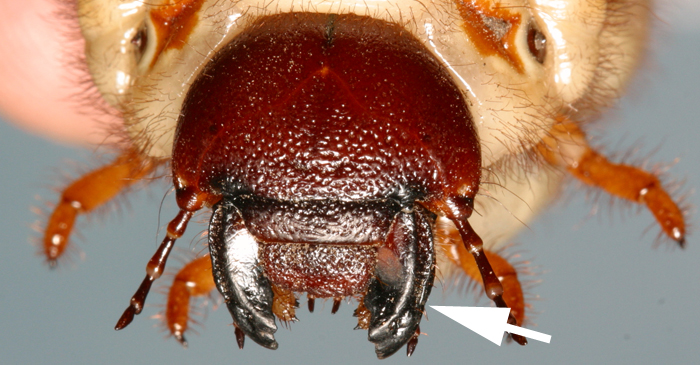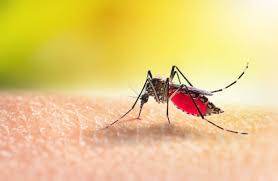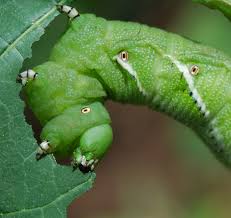CLASSIFICATION OF INSECT AND PEST BASED ON MOUTH
Insects and pests can be classified based on their mouthparts, which determine how they feed.
Here are some common classifications:
-
Chewing Mouthparts:
-
Examples: Beetles, grasshoppers, caterpillars.
-
Description: These insects have strong mandibles for biting and chewing solid food like leaves, wood, and other plant materials.
- Piercing-Sucking Mouthparts:
- Examples: Aphids, mosquitoes, stink bugs.
-
Description: These insects have needle-like mouthparts to pierce plant or animal tissue and suck out fluids.
- Siphoning Mouthparts:
- Examples: Butterflies, moths.
- Description:These insects have a long, coiled proboscis for sucking nectar from flowers.
- Sponging Mouthparts:
- Examples: Houseflies, blowflies.
- Description: These insects have a sponge-like structure to lap up liquid or semi-liquid food.
- Rasping-Sucking Mouthparts:
- Examples: Thrips.
- Description: These insects have mouthparts that rasp the surface of plants to create wounds and then suck out
the sap.
- Chewing-Lapping Mouthparts:
- Examples: Honeybees, bumblebees.
- Description: These insects have mouthparts that allow them to chew solid food and lap up liquids,
useful for feeding on both nectar and pollen.





